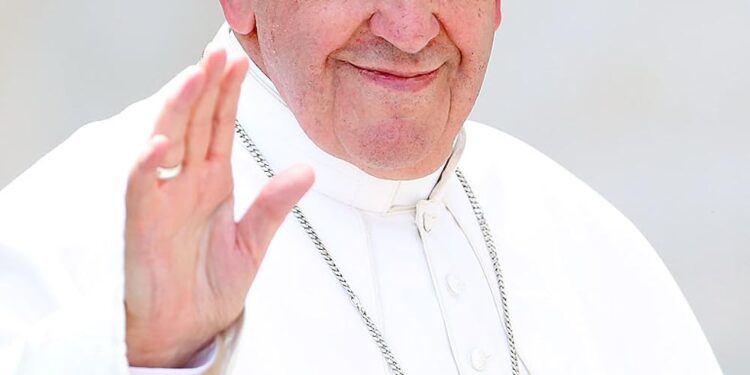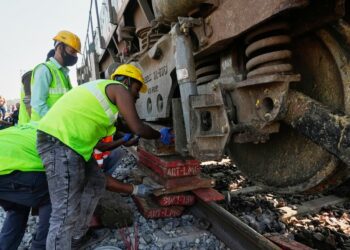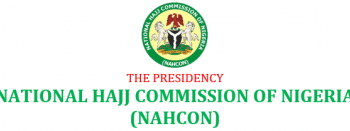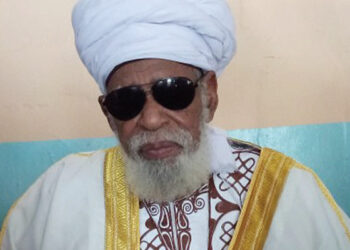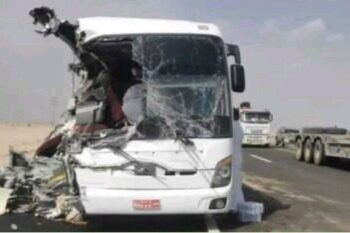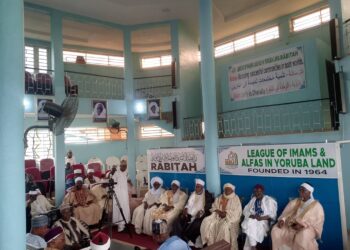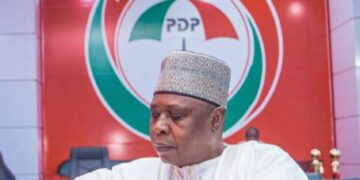Though Pope Francis outlined his wishes for a modest burial, the funeral for a pope is no simple matter. It will likely take weeks to choose a new pontiff.
In life, Pope Francis shunned the Apostolic Palace in Vatican City in favor of a modest apartment.
In death, too, he disdained ornateness, directing the church to inter him in a single coffin instead of the traditional nested trio.
But a funeral for a pope — which is set for Saturday at 10 a.m. — is never a simple matter.
On Monday, within hours of the announcement that Francis had died at age 88, cardinals around the world began heading to the Vatican to bury the leader of the Roman Catholic Church and prepare for the task of choosing his successor.
Summoned to Rome by Cardinal Giovanni Battista Re, the dean of the College of Cardinals, they had their first meeting Tuesday morning at the synod hall.
The cardinals decided that Francis’ remains should be moved on Wednesday to St. Peter’s Basilica, where they will be on view before his funeral there, the Vatican said.
The entombment of a pope generally takes place four to six days after his death, with the funeral rites and the elaborate rituals attending them lasting about nine days.
If burying a pope is complicated, choosing a new one is still more so — though the heart of the process takes place behind closed doors.
Cardinals under the age of 80 have a vote, meaning that 135 men will soon begin making a decision that will shape the future of a church with 1.3 billion adherents around the world.
The conclave, as it is called, begins sometime after the funeral rites are over.
Political and religious leaders from around the globe are expected to attend the funeral service, but they may little resemble those who were in power when the Argentine-born prelate took the papal throne in 2013.
Some will be leaders he confronted over their treatment of the downtrodden, especially migrants.
President Trump, who was one of them, says he plans to attend (adding another wrinkle for Vatican planners, given the size of the president’s entourage).
It is likely to be Mr. Trump’s first overseas trip this term.
Twelve years ago, the new pope could look at a world where at least some kindred spirits held positions of power.
But that world has changed with remarkable speed.
Progressive politicians have fallen from favor, authoritarian ones have taken their place, and, by the end of his time, Francis was a lonely voice.
Now, within the church itself, conservatives forces, never resigned to the liberalizing tendencies of their pope, see a chance for a reset.
The question is whether the next leader of the Roman Catholic Church will reflect a changing world — or try, like Francis, to redirect it. (NYT)


